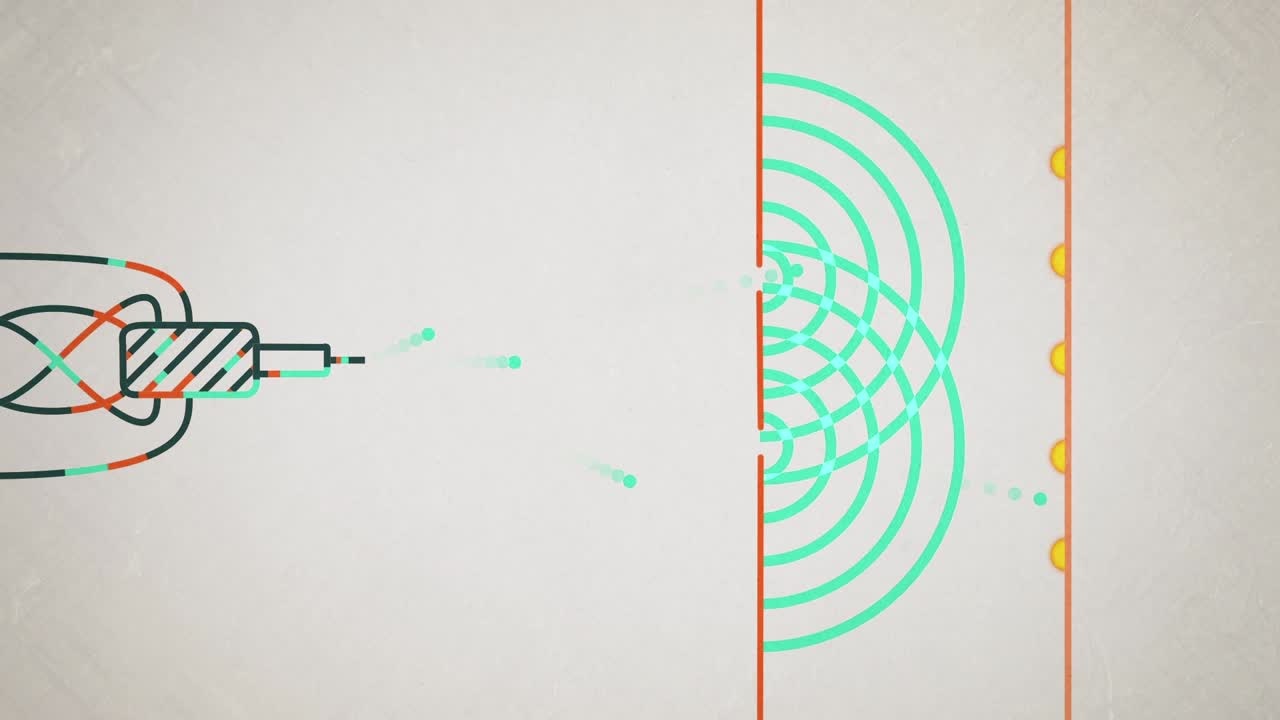Abstract
Starting with Erwin Schrödinger’s cat paradox the two-part Mini lecture “Quantum Mechanics” introduces to the central, quantum mechanical principles for the analysis of microscopic elementary particles: Max Planck’s black body radiation theory, Einstein’s photoelectric effect, Bohr's atomic model and the Heisenberg’s matrix mechanics and uncertainty principle. The first part of the Mini Lecture "Quantum Mechanics" introduces to the beginnings of quantum mechanics: Beginning with Max Planck’s law of black body radiation to Einstein's photoelectric effect.

